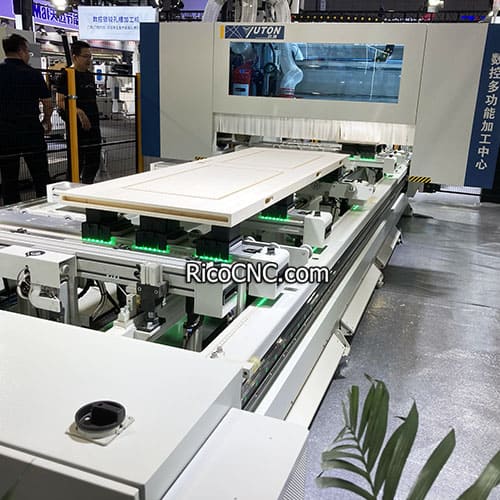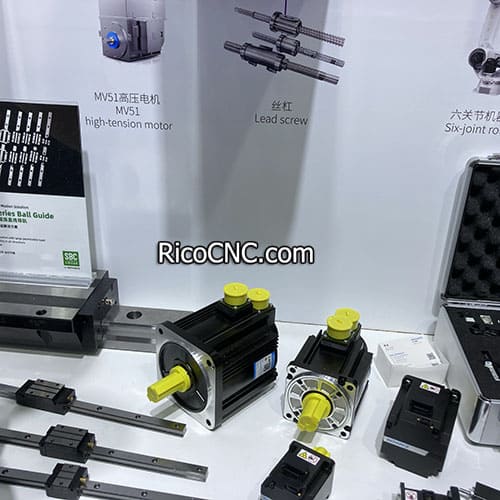
Does anyone know about the error "Servo Drive Fault"?
Are you scratching your head over a pesky "Servo Drive Fault" error? Don't worry, you're not alone! This common issue in the world of servo systems can be a real head-scratcher. But fear not, because we're about to dive deep into the world of servo drives, unravel the mystery behind this error, and equip you with the knowledge to tackle it head-on. So, let's roll up our sleeves and get to the bottom of this servo drive conundrum!
Understanding Servo Drives: The Heart of Motion Control
Before we can tackle the "Servo Drive Fault" error, it's crucial to understand what a servo drive is and its role in motion control systems. A servo drive is like the brain of a servo system, controlling the precise movements of a servo motor. It's the unsung hero that takes commands from a controller and translates them into the exact voltage and current needed to make the motor move just right.Here's a quick breakdown of what a servo drive does:
Receives position commands from a controller
Compares the commanded position with the actual position (using feedback from an encoder)
Calculates the necessary voltage and current to move the motor
Sends the appropriate signals to the motor
Servo drives are the backbone of many industrial applications, from CNC machines to robotics. They're the secret sauce that makes precise, repeatable motion possible.
Decoding the "Servo Drive Fault" Error

So, what exactly is a "Servo Drive Fault"? In simple terms, it's the servo drive's way of saying, "Houston, we have a problem!" It's a general error message that indicates something isn't quite right within the servo system. Think of it as your car's check engine light - it's telling you there's an issue, but you'll need to do some digging to find out exactly what's wrong.Common causes of a servo drive fault include:
Overload conditions
Wiring issues
Encoder problems
Power supply fluctuations
Motor malfunctions
Incorrect parameter settings
The tricky part is that the specific cause can vary depending on the manufacturer and model of your servo drive. For example, a SGDV-5R4D11A Yaskawa Servo Driver might have different fault codes and troubleshooting steps compared to an MR-J2S-40A Mitsubishi AC Servo Amplifier.
Troubleshooting Servo Drive Faults: A Step-by-Step Guide
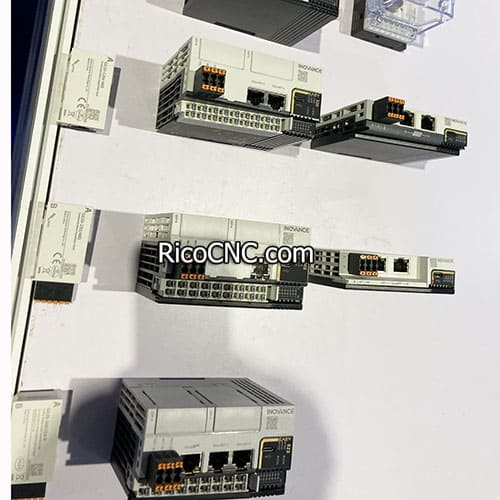
When you encounter a servo drive fault, don't panic! Follow these steps to diagnose and resolve the issue:
Check the fault code: Most servo drives will display a specific fault code. Consult your drive's manual to understand what the code means.
Inspect the wiring: Loose connections or damaged cables can cause all sorts of problems. Make sure all connections are secure and cables are intact.
Verify power supply: Ensure your power supply is stable and providing the correct voltage. Fluctuations can trigger faults.
Check the motor: Look for any signs of damage or overheating in the motor itself.
Review parameters: Incorrect parameter settings can cause unexpected behavior. Double-check your settings against the manufacturer's recommendations.
Analyze the load: Is the motor struggling with an excessive load? This could lead to overload faults.
Examine the encoder: A faulty encoder can send incorrect feedback, causing the drive to fault.
Consider environmental factors: Excessive heat, humidity, or electromagnetic interference can all contribute to drive faults.
Remember, patience is key when troubleshooting servo drive faults. It's often a process of elimination to find the root cause.
Common Servo Drive Fault Scenarios
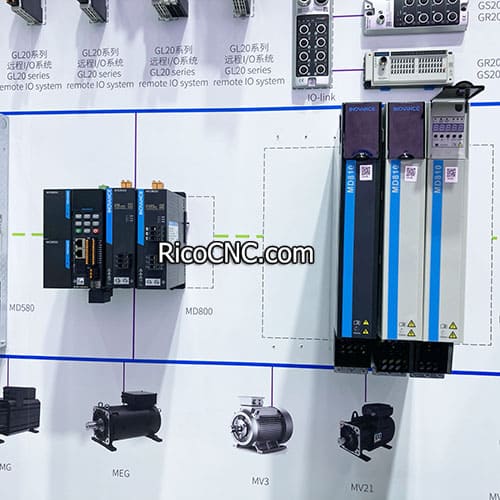
Let's look at some real-world scenarios where you might encounter a servo drive fault:
The Overloaded Robot Arm Imagine a robotic arm in a manufacturing plant suddenly stops mid-motion with a servo drive fault. Upon investigation, you find that the arm was trying to lift a load heavier than its rated capacity. The solution? Adjust the load or upgrade to a more powerful servo system.
The Mysterious Intermittent Fault A CNC machine keeps throwing random servo drive faults, but only on hot days. After some detective work, you discover that the servo drive's cooling fan has failed, causing it to overheat in warm weather. A simple fan replacement solves the problem.
The Encoder Enigma A packaging machine's servo drive keeps faulting, but only when running at high speeds. The culprit? A slightly loose encoder coupling, causing position feedback errors at higher RPMs. Tightening the coupling eliminates the issue.
Preventing Servo Drive Faults: An Ounce of Prevention
As the old saying goes, "An ounce of prevention is worth a pound of cure." The same applies to servo drive faults. Here are some tips to keep your servo systems running smoothly:
Regular maintenance: Schedule routine checks of your servo systems, including visual inspections and performance tests.
Keep it clean: Dust and debris can cause overheating and other issues. Keep your servo drives and motors clean.
Monitor performance: Keep an eye on key performance indicators like position error and current draw. Unusual changes can indicate impending problems.
Stay up to date: Keep your servo drive firmware updated to benefit from the latest improvements and bug fixes.
Train your team: Ensure that everyone working with the servo systems understands proper operation and maintenance procedures.
The Future of Servo Drives: What's on the Horizon?
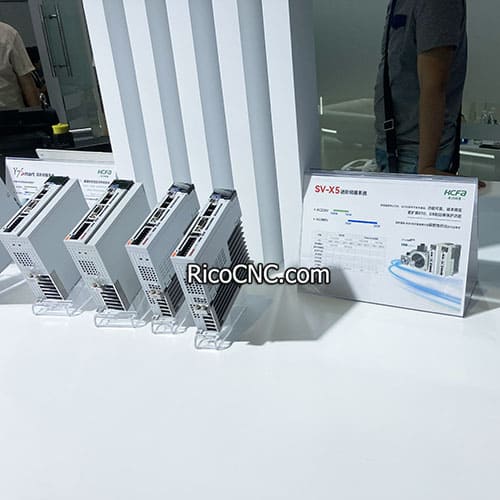
As technology advances, so do servo drives. The future looks bright for motion control, with trends like:
Increased intelligence: Servo drives are getting smarter, with built-in diagnostics and predictive maintenance capabilities.
Industry 4.0 integration: Expect to see more servo drives with enhanced connectivity for seamless integration into smart factories.
Energy efficiency: New designs are focusing on reducing power consumption without sacrificing performance.
Compact designs: As electronics shrink, servo drives are becoming more compact, allowing for smaller footprints in machines.
Keep an eye on manufacturers like Omron and Panasonic for the latest innovations in servo drive technology.
Servo Drive Selection: Choosing the Right Tool for the Job
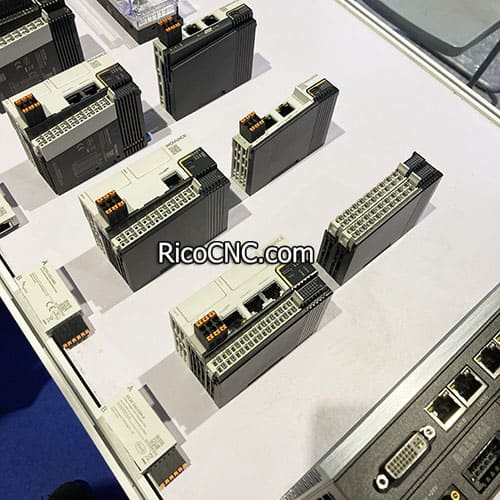
Selecting the right servo drive for your application is crucial for preventing faults and ensuring optimal performance. Consider these factors when choosing a servo drive:
Power requirements: Match the drive's power output to your motor and load requirements.
Control modes: Ensure the drive supports the control modes you need (position, velocity, torque).
Feedback compatibility: Verify that the drive is compatible with your encoder or resolver.
Communication protocols: Choose a drive that supports the communication protocols used in your system.
Environmental considerations: Consider factors like temperature, humidity, and vibration in your operating environment.
For example, if you're working in a high-precision application, you might consider a digital servo drive for its superior performance and advanced features.
The Role of Servo Amplifiers in Motion Control
While we often use the terms "servo drive" and "servo amplifier" interchangeably, it's worth noting the subtle differences. A servo amplifier, like the MR-JE-40A Mitsubishi Servo Amplifier, is specifically responsible for amplifying the control signals to power the servo motor. It's a critical component within the larger servo drive system.Key functions of a servo amplifier include:
Amplifying control signals
Providing power to the motor
Implementing current and velocity loops
Protecting the motor from overcurrent and overvoltage conditions
Understanding the role of servo amplifiers can help you better diagnose and prevent servo drive faults.
Servo Drive Fault Codes: Deciphering the Messages
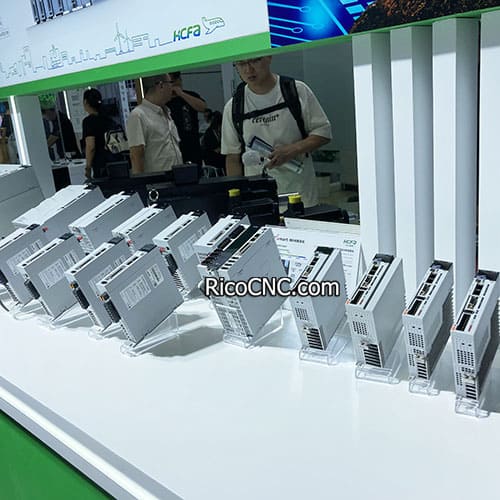
When a servo drive fault occurs, the drive will typically display a fault code. These codes are like secret messages that can help you quickly identify the problem. Here's a general guide to interpreting fault codes:
Overcurrent faults: Often indicated by codes related to current or short circuits.
Overvoltage faults: Look for codes mentioning high voltage or regeneration issues.
Encoder faults: These may reference position errors or encoder disconnection.
Overload faults: Codes might mention thermal issues or excessive load.
Always refer to your specific drive's manual for accurate fault code interpretations. For instance, the fault codes for an MR-J3-200AN Mitsubishi AC Servo Amplifier will differ from those of other brands or models.
The Importance of Proper Grounding in Servo Systems
Proper grounding is crucial for the reliable operation of servo drives and the prevention of faults. Good grounding practices help to:
Reduce electromagnetic interference (EMI)
Prevent ground loops
Protect equipment from voltage spikes
Ensure accurate sensor readings
When troubleshooting servo drive faults, don't forget to check your system's grounding. A poor ground connection can lead to intermittent faults that are difficult to diagnose.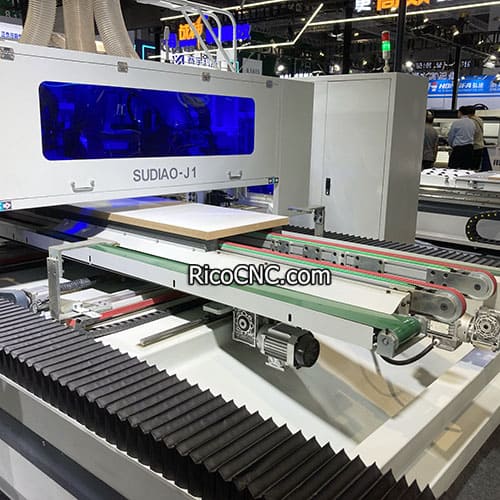
FAQs About Servo Drive Faults
How often should I expect to encounter servo drive faults? With proper maintenance and operation, servo drive faults should be relatively rare. However, the frequency can vary depending on the application, environment, and quality of the components.Can software issues cause servo drive faults? Yes, software issues such as programming errors or incompatible firmware versions can lead to servo drive faults. Always ensure you're using the correct software and firmware for your specific drive model.Are there any quick fixes for common servo drive faults? While it's always best to properly diagnose the issue, some common quick fixes include resetting the drive, checking cable connections, and verifying parameter settings. However, persistent faults should be thoroughly investigated.How can I differentiate between a servo drive fault and a motor problem? Servo drives often provide specific fault codes that can help identify whether the issue is with the drive, motor, or another component. Additionally, testing the motor separately can help isolate the problem.